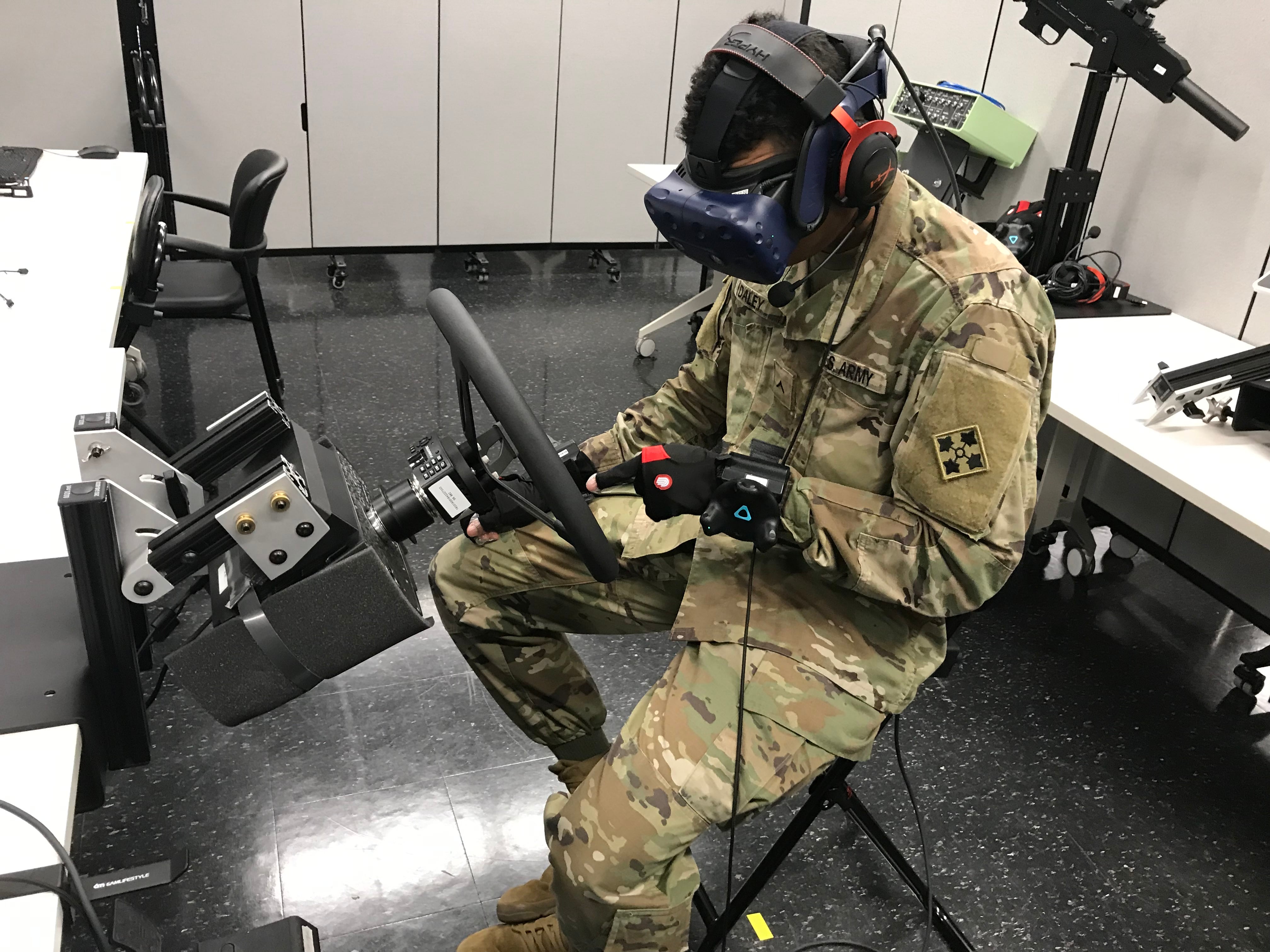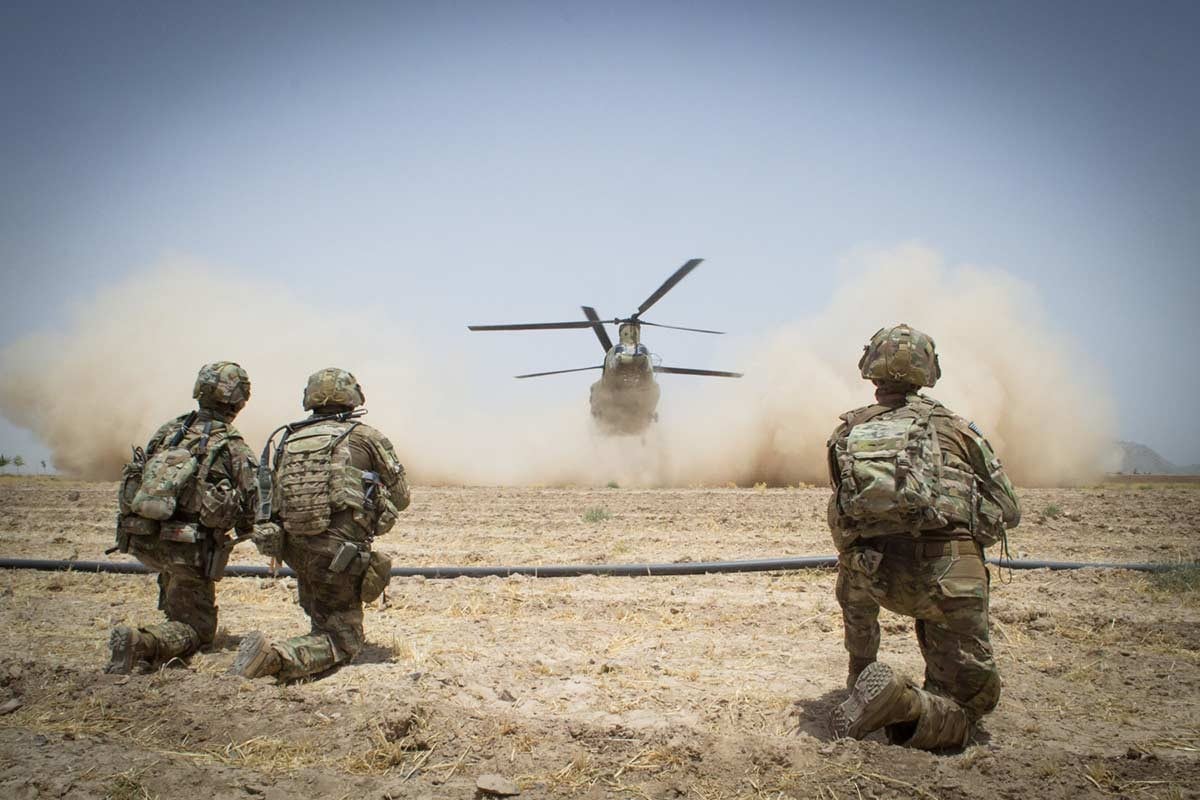In the next two years the Army will conduct a brigade-sized live training event at the National Training Center in Fort Irwin, Calif., while simultaneously running portions of that event in virtual and simulated methods at the Combined Arms Training Center at Fort Riley, Kan.
That is just one of a number of evolutions of the training to prepare for multi-domain operations in large-scale combat, using new technology now being developed, said Col. Charles Lombardo, the CATC’s deputy commander for training.
During his prerecorded presentation at this year’s virtual Association of the U.S. Army Annual Meeting and Exposition, Lombardo first noted some of the shortcomings of virtual and live training that soldiers and commanders now face.
RELATED

“Today, we can only replicate about 60 percent of the capabilities of a (brigade combat team) at the National Training Center,” Lombardo said.
That means that soldiers get little realistic feel for the effects of their own weapons systems such as the Mk 19 grenade launcher, counter-defilade weapons, counter-tank or mortars.
But more importantly, they don’t get a sense of what incoming enemy fire can do or the effects of weapons systems they must react to in real-world scenarios.
There’s no means for infantry soldiers to hear the early warning of whistling direct or indirect fire or provide signature and tracking for anti-tank units in the combat training centers.
Those have resulted in the opposing force of trainers at the centers taking out entire Army battalions before commanders knew what hit them, Lombardo said.
Beyond simply marking a hit or a miss using 1980s laser-shooting simulations, the shortfalls mean that commanders don’t get true-to-life practice in employing their weapons systems.
But a combination of new technology, the focus of the Synthetic Training Environment Cross-Functional Team, and new methods for combat, such as doctrine dubbed multi-domain operations, means soldiers will have more ways to practice higher-tech warfare. But it must replicate the warp speed nature of the next fight.
That targets ways for units to deploy in whole in or part to either the National Training Center or the Joint Readiness Tracing Center at Fort Polk, Louisiana, and run real-time operations with command and control at distance locations, either Fort Riley or at home station.
This will better simulate what units may face in large-scale combat with a peer adversary — cut off units in degraded communications environments operating on their own with only sporadic input from higher command.
Efforts will go beyond the BCT in the next two years.
Lombardo said that III Corps is now working to link up Navy and Air Force units for combined arms training exercises in various scenarios that provide a mix of virtual, live and constructed options.
The next step will include two allied divisions with foreign partners operating at that large scale in those environments.
Todd South has written about crime, courts, government and the military for multiple publications since 2004 and was named a 2014 Pulitzer finalist for a co-written project on witness intimidation. Todd is a Marine veteran of the Iraq War.





